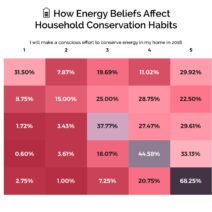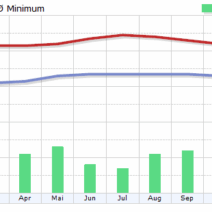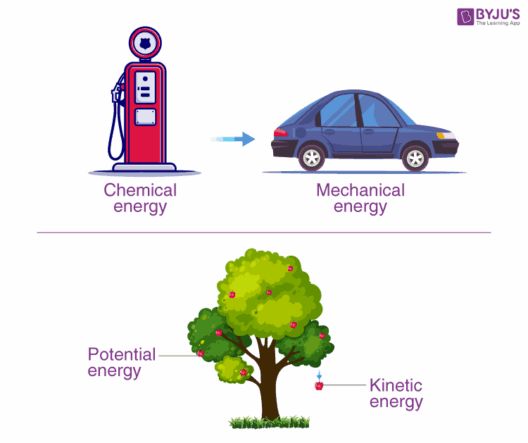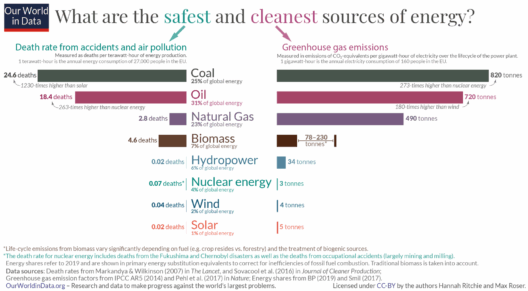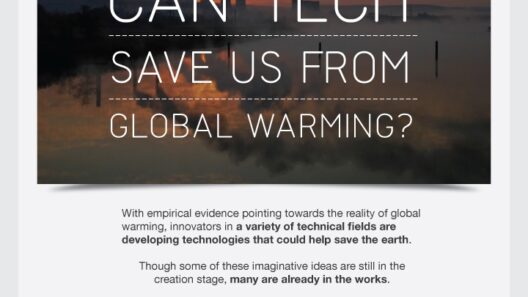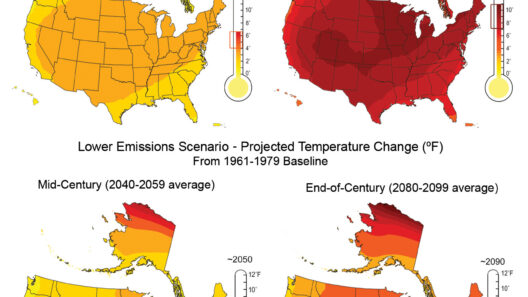The phenomenon of global warming is akin to a slow-moving glacier, imperceptibly reshaping the landscape of our world. While many may not observe its gradual melting, the repercussions are profound and far-reaching. As temperatures rise and climate patterns shift, the question remains: do most Americans actually care about global warming? To delve into this inquiry, it is paramount to explore public perception, sociopolitical influences, and the dichotomy between awareness and action.
In recent decades, the American public’s relationship with climate change has oscillated, often resembling a pendulum swinging between concern and skepticism. The discourse surrounding global warming has polarized citizens, creating a cacophony of opinions. Surveys and polls offer compelling insight into this tumultuous engagement, revealing that a substantial portion of the population acknowledges climate change as a pressing issue. Yet, the degree of urgency and commitment to meaningful action seems to waver significantly across demographics and political affiliations.
The conversation often begins with a striking reality: the vast majority of Americans recognize that the climate is changing. This unequivocal acknowledgment serves as a foundation for further inquiry into the motivations that propel individuals towards activism. However, recognition alone is insufficient. It is reminiscent of a captivating painting. While one can appreciate the beauty and skill behind the artwork, it requires deeper contemplation to understand its intricacies and the emotions it evokes.
Key among the factors influencing individual concern is the interplay between education and awareness. Reports indicate that those who educate themselves about climate science are more inclined to perceive global warming as a dire threat, akin to a lighthouse guiding ships away from treacherous waters. Conversely, misinformation and skepticism can distort perceptions, casting shadows on the profound consequences of climate inaction. This educational gap underscores the need for enhanced outreach. Engaging citizens through immersive experiences—such as workshops, lectures, and community activities—can transform perceptions, fostering a collective sense of responsibility.
Political affiliation significantly sways opinions on climate change. The chasm between conservative and liberal viewpoints often resembles a canyon, with starkly divergent beliefs about the reality and severity of global warming. In certain segments of the population, skepticism remains, exacerbated by political rhetoric that downplays scientific consensus. The media’s portrayal of climate change can further entrench divisions, reinforcing echo chambers where opposing viewpoints seldom intersect. This polarization necessitates dialogue that transcends party lines, fostering collaborative approaches to environmental stewardship. Conventional bipartisanship may seem as elusive as a mirage, yet it is essential for fostering consensus on climate initiatives.
Notably, demographic factors further complicate the landscape of climate concern. Younger generations, particularly millennials and Gen Z, often exhibit heightened anxiety regarding climate issues. They grasp the epoch-defining implications of inaction and advocate for environmental policies with fervor. This generational divide evokes an intriguing dynamic, akin to a relay race where the baton of responsibility is passed from one generation to the next. The urgency expressed by youth reflects a burgeoning recognition that their futures hinge on contemporary decisions. In stark contrast, older generations may gravitate towards a more complacent attitude, possibly due to feeling entrenched in the status quo or simply believing that climate change’s effects will not impact their lifetimes directly.
The dichotomy between awareness and actionable commitment is particularly striking. Studies illustrate that while a significant number of Americans express concern for the environment, fewer translate this concern into tangible action. Daily life often presents a multitude of distractions, making climate issues seem remote and nebulous as the relentless march of consumerism entices individuals away from sustainability. This phenomenon mirrors a metaphorical tug-of-war, with the pull of immediate gratification often overpowering the long-term vision of a sustainable future. Mobilizing communities to transcend mere dialogue and embrace transformative action is imperative to harness collective momentum.
Furthermore, the economic implications of addressing climate change cannot be ignored. There is a pervasive misconception that environmentalism is inherently adversarial to economic growth. In reality, the transition to a green economy promises prosperity through innovation and job creation within renewable energy sectors. This narrative is essential for galvanizing support across all strata of society, demonstrating that actions taken today will yield dividends for future prosperity. The economic imperative to address climate change should be articulated not only as a moral obligation but also as an opportunity for advancement and resilience.
Global warming can often seem an insurmountable challenge, yet there exists a burgeoning grassroots movement designed to counter inaction. Grassroots initiatives illuminate the path forward, igniting local engagement through education, activism, and community-driven solutions. The power of collective action is reminiscent of a symphony—each individual note contributing to an intricate harmony, highlighting the symbiotic relationship between humanity and the planet. The interdependence of efforts creates a ripple effect, fostering resilience within communities and galvanizing support for robust policy reforms at both local and national levels.
In conclusion, the question of whether most Americans care about global warming transcends a mere binary response. Instead, this inquiry unveils a tapestry of complex attitudes, beliefs, and actions intricately woven together by societal, educational, and political threads. Building a comprehensive understanding of these dynamics can elucidate pathways toward increased engagement. As the stakes climb in correlation with climatic volatility, it is imperative to cultivate dialogue, understanding, and actionable commitment, ensuring that concern evolves into tangible efforts that safeguard the environment for generations to come. Just as the glacier moves, albeit slowly, so too must collective action flow forward with unwavering consistency, ensuring a sustainable legacy for the planet.
